For much of human history, queerness wasn’t thought of as something one was, but rather as something one did. “The First Homosexuals,” an ambitious exhibition at Wrightwood 659, a three-story gallery occupying a former Chicago apartment building, tracks the shift from that fluid definition to a more concrete identity. Most of its 350-plus rarely exhibited artworks were created between the 1860s, when the terms homosexuality and heterosexuality were coined by Hungarian journalist Karl Maria Kertbeny, and the 1930s, when ascendant fascism persecuted LGBTQ citizens more ferociously than ever before.
Forty countries are represented in the exhibition, which attempts to decenter Western conceptions of queerness. In his introduction to the exhibition catalog, lead curator and University of Pennsylvania art historian Jonathan Katz notes that some participating scholars even took issue with using the term homosexual in the exhibition title.
“[B]y no means is the development and deployment of the label homosexual always liberatory, even in art,” he writes. “Not only did it generate numerous homophobic images alongside liberatory ones, but it also, as a term and concept with distinctly middle-European origins, hew[s] closely to the bloody path of colonial conquest, rewriting Indigenous attitudes towards sexuality as it went—attitudes that were often vastly more accepting, and even honorific, than the norm under European colonial governance. These colonial powers, chiefly England, France, Spain and the Netherlands, often literally rewrote local penal codes to impose harsh punishments for same-sex sexuality.”
“The First Homosexuals” is running in a climate that often seems determined to extinguish queerness all over again. Since the time the exhibition was planned, four pieces have been withdrawn: two paintings by Slovak–Hungarian painter Ladislav Mednyánszky and two charcoals by lesbian Colombian artist Hena Rodríguez. The Mednyánszkys were blocked from arriving in Chicago once the controversial new leadership of the Slovak National Gallery, their loaning institution, learned about “The First Homosexuals” theme; the Rodríguez charcoals, on the other hand, were withheld because their owner feared for the works’ safety after the inauguration of Donald Trump. Their absence is acknowledged in the exhibition through reproductions accompanied by explanatory texts. “It was absolutely central for us to let people know what couldn’t come because of right-wing repression,” Katz says.
Below are 10 highlights of a recent walkthrough with Katz.
“The First Homosexuals” is on view through July 26 at Wrightwood 659, Chicago.

The post “10 Key Works in “The First Homosexuals: The Birth of a New Identity, 1869-1939”” by Anne Doran was published on 06/09/2025 by www.artnews.com



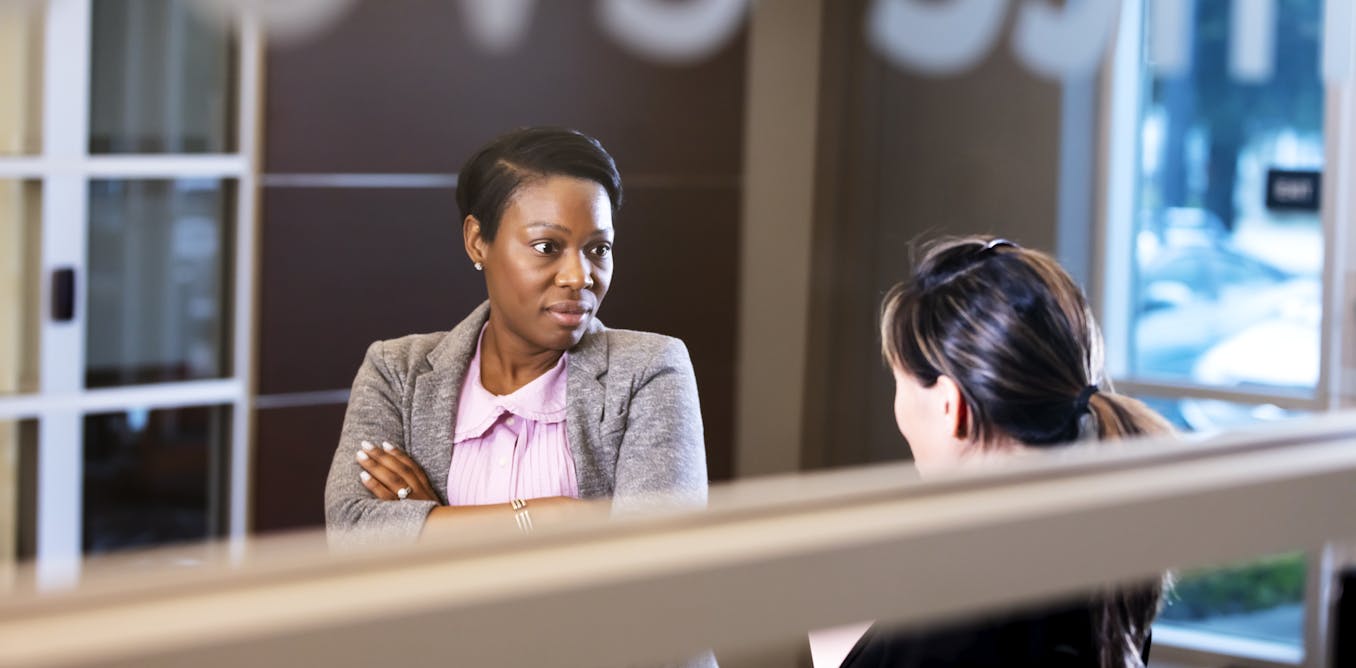


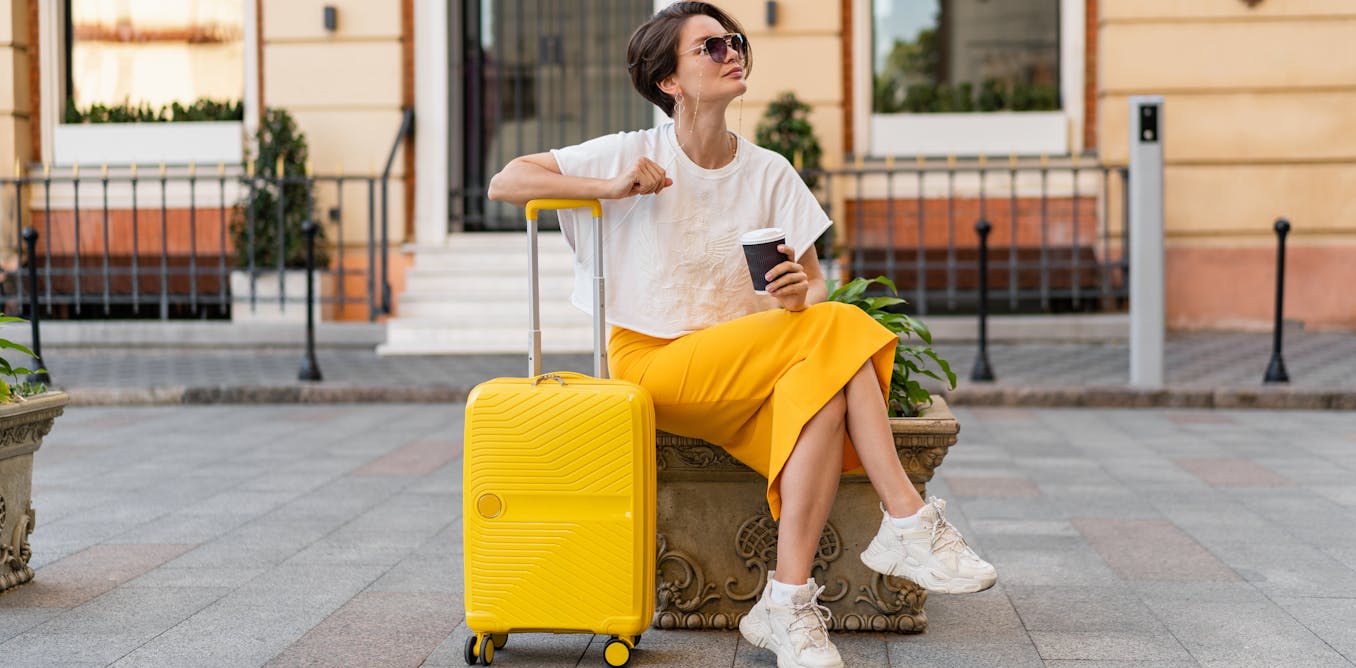

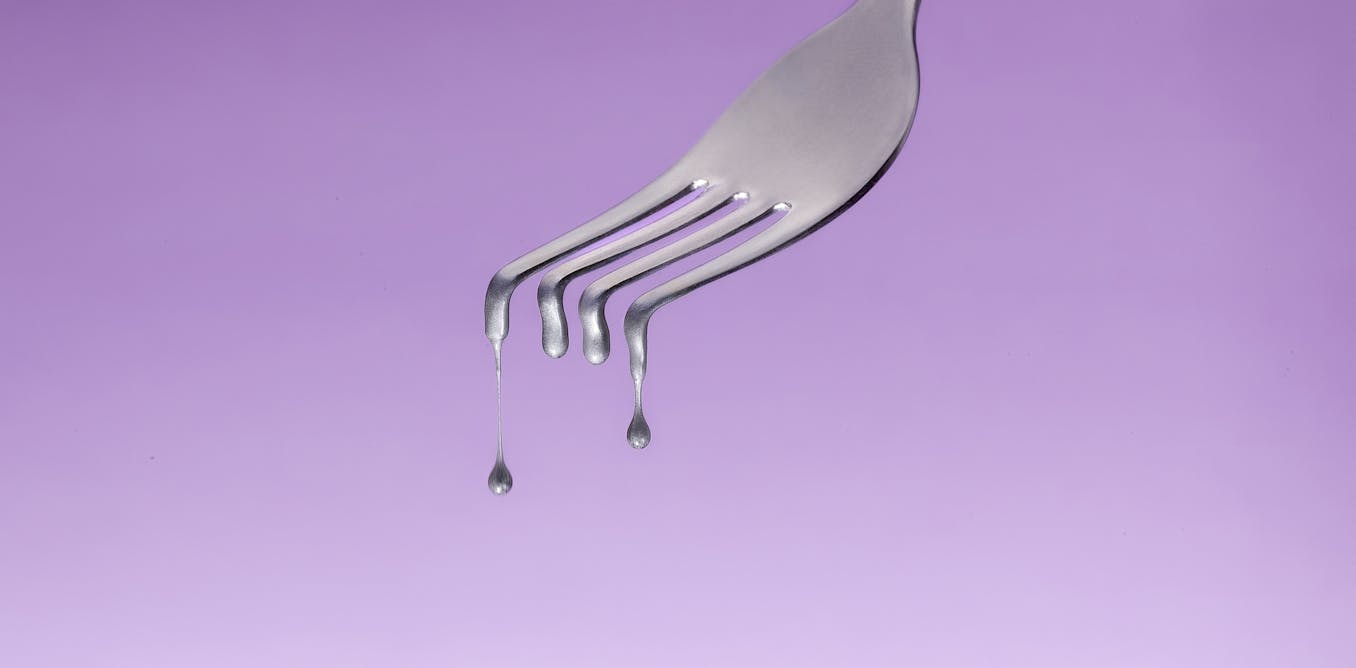

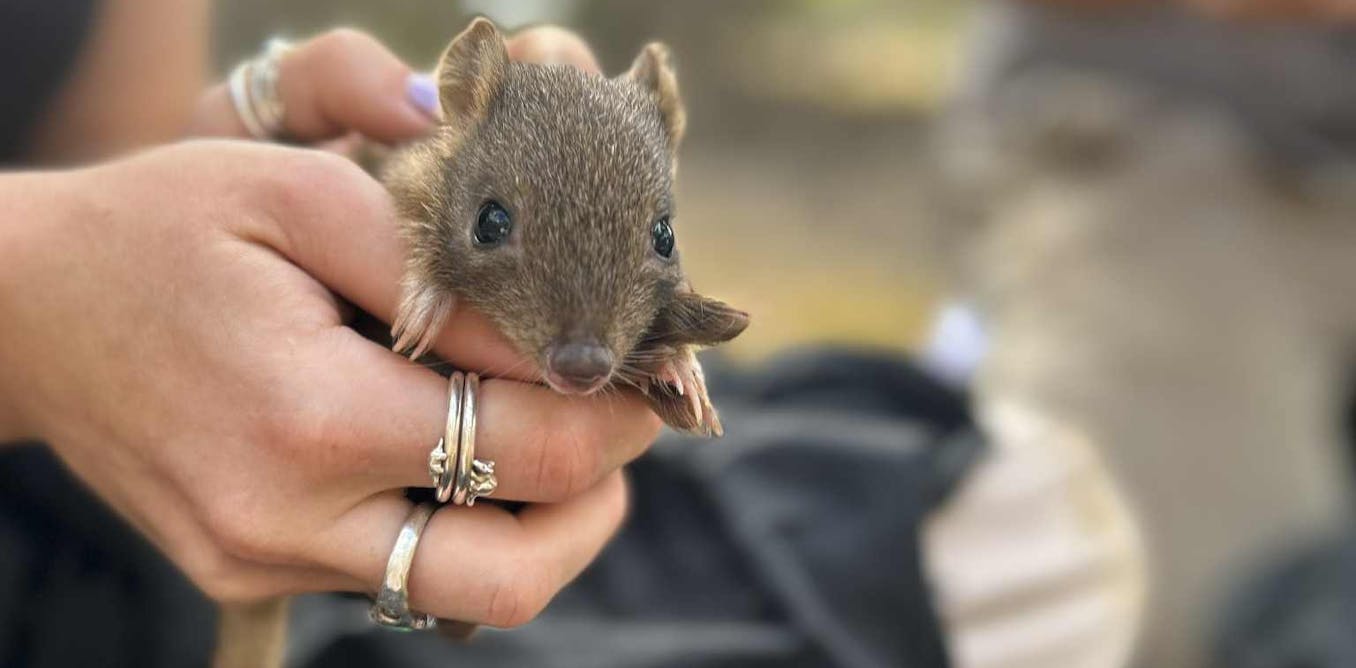
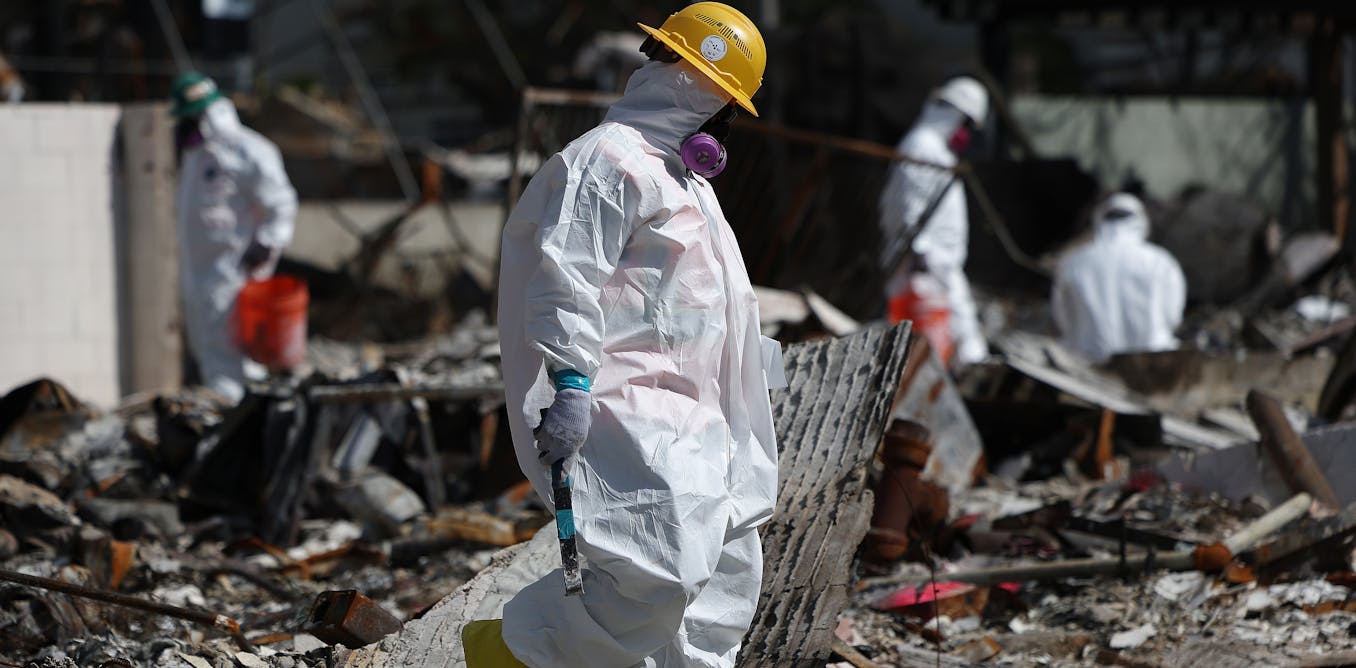
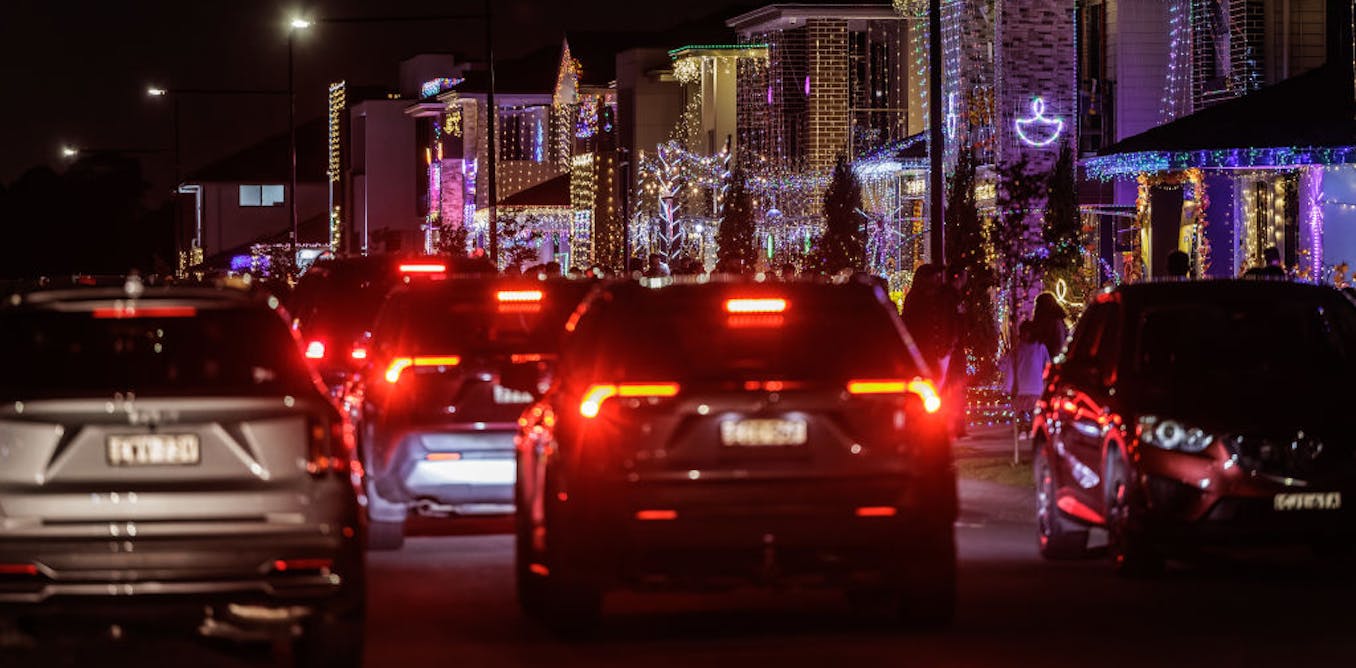









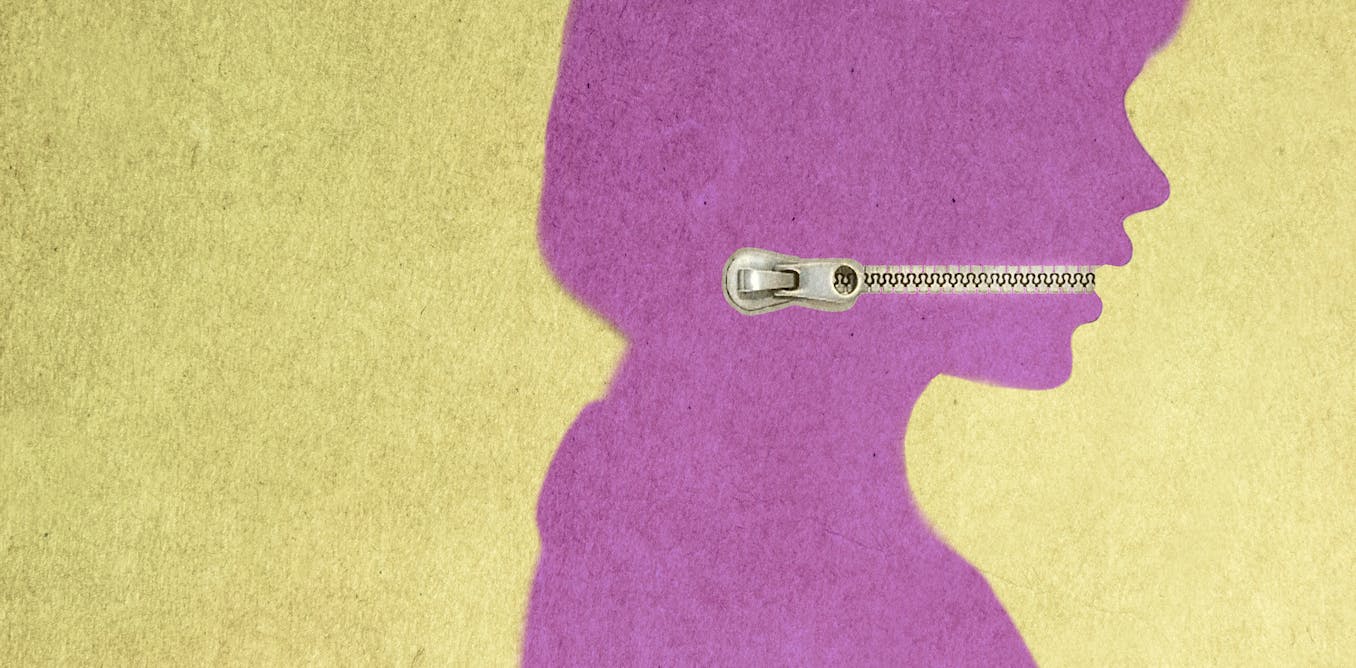




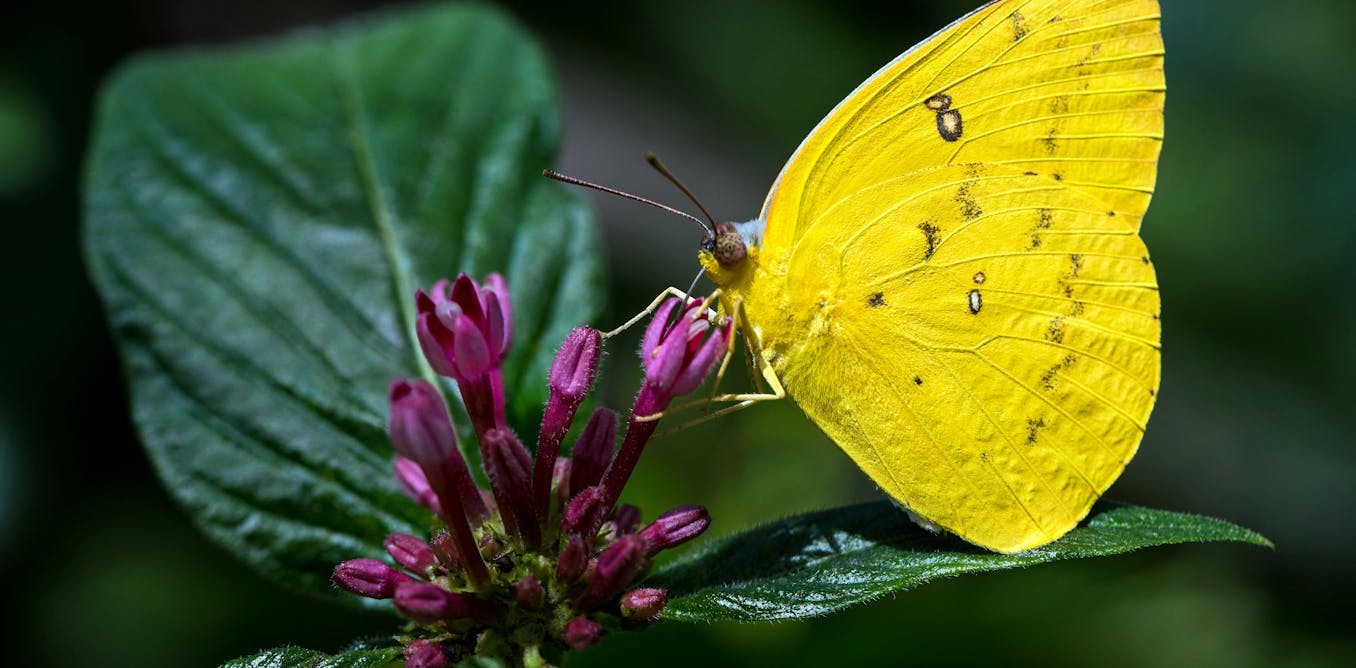









Leave a Reply